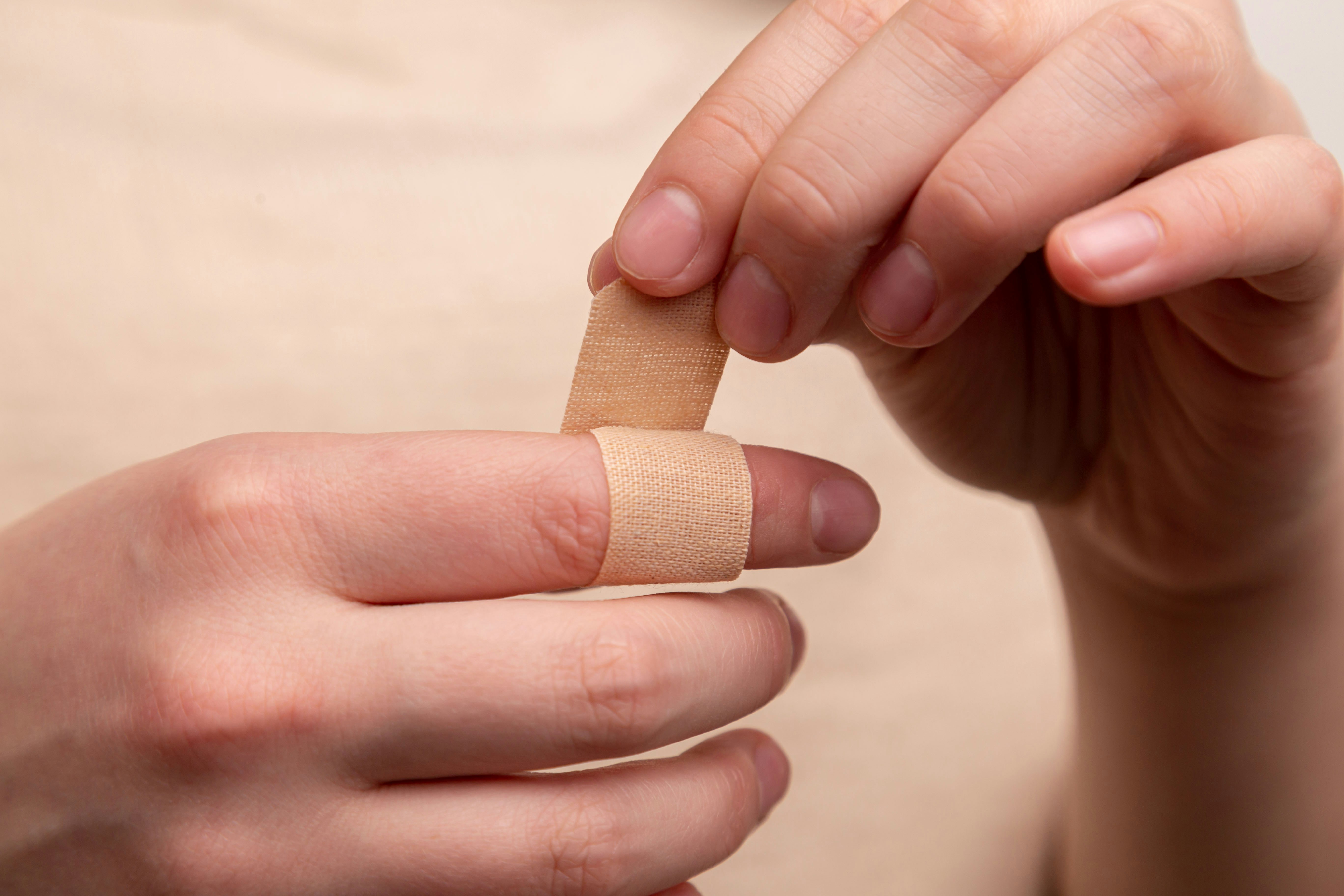A Glimpse of Hope: The Future of Chronic Wound Management

You might’ve heard the term “chronic disease” from your local physician or social circle every now and then. There’s also a high chance that you yourself, without noticing, might’ve used this term multiple times to flex your sophisticated choice of words in front of your peers and show off that smug look of yours (/s). What exactly are the meanings of the two words and the whole word in general?
Chronic means something, particularly a medical condition, is beyond treatment and cure and that medications in the form of prescribed drugs or medications from a physician have to be used throughout life. Disease is a term used to describe an abnormal condition in the structure or function of the human, animal or plant, especially one that has a known cause and a distinctive group of symptoms, signs, or anatomical changes. Chronic disease is a known term to an extent as we often hear people around us say it. In contrast, chronic wounds is a word we don’t really hear and is a complex topic that has a vast content to dive into and this script just scratches the surface.
So what exactly are wounds? Wound is a term used to describe damage to a living tissue such as skin, mucous membranes or organs. These wounds may be internal, like organ damage, or external, like skin rashes. Chronic wounds are those that fail to heal in a timely manner. These wounds are at an increased risk of complications, such as amputation and infection, which can have a severe, negative impact on a patient’s well-being. It is estimated that these wounds affect approximately 6.5 million people in the US (about 2% of the population). The incidence of these wounds is expected to increase due to an aging population and rising risk of factors such as obesity and diabetes and part of this could be blamed to our sedentary lifestyle which usually includes laziness and our crave for comfort and fast food.
Previous work has attempted to identify factors of prognostic value in predicting delayed wound healing, but most of these studies were restricted to specific wound types, such as venous leg ulcers. Among the best work to date is that of Margolis et al. who developed prognostic models for venous leg ulcers using data from a vast number of patients across geographically diverse outpatient wound care centers, and carefully validated the models achieving good calibration but only modest discriminatory power. These results led to the study by Kurd et al., a clustered multicenter trial demonstrating that providing prognostic information from these models to clinicians improved healing rates even without specific guidance about treatment options.
The care and treatment of wounds has been central to the identity and practice of surgery. Generally, vascular and plastic surgeons regularly see chronic wounds as part of their practice. Having an accurate predictive computational algorithm would be a blessing in the triage and care of these patients. Early knowledge of wound severity would alter the care of patients by allowing clinicians to increase the level of treatment for patients at high risk and vice versa. Kurd et al. has demonstrated the value of even relatively inaccurate prognostic information in the wound care center, setting in a cluster of randomized multicenter trials.
Advancing further, modern machine learning techniques to develop a prognostic model for delayed wound healing have been used. These techniques significantly improve accuracy and the identification of wounds of which predictions can be made. Unlike previous work, these models are applicable to a full range of wounds and differ from them in various ways. For instance, traditional prognostic models have used a small number of manually selected features and were developed using small datasets. However, due to advancement in statistical learning and the widespread adoption of Electronic Health Records (EHRs), it is possible to move beyond such limitations. These developments have motivated the creation of increasingly sophisticated models that can leverage very large datasets without over-fitting, while automatically learning which features are important.
All in all, chronic wounds have a prevalence of 2% in developed countries, and cost an estimated $50 billion annually. Accurate stratification of wounds for risk of slow healing may help guide treatment and referral decisions. Prominent names that have worked in yearning towards the treatment of such wounds include Margolis et al. and Kurd et al.. Advancements in technology and medicine itself have now terminated selecting features by hand and developing models using little amount of material.
Similar Post You May Like
-

CFCs, HFCs and their long, troubled history
At its peak, the ozone hole covered an area 7 times larger than the size of Europe, around 29.9 million km2, and was rapidly expanding
-

The Origin of Universe: Deciding point where it all began!
Let us unravel and surf through the ideas throughout ages to understand what the universe and its origin itself was to its inhabitants across history.
-

The Artemis Program
Inspired by the Greek goddess of the Moon, twin sister to Apollo, the artimis program was named on 14 May 2019 by Jim Bridenstine.







